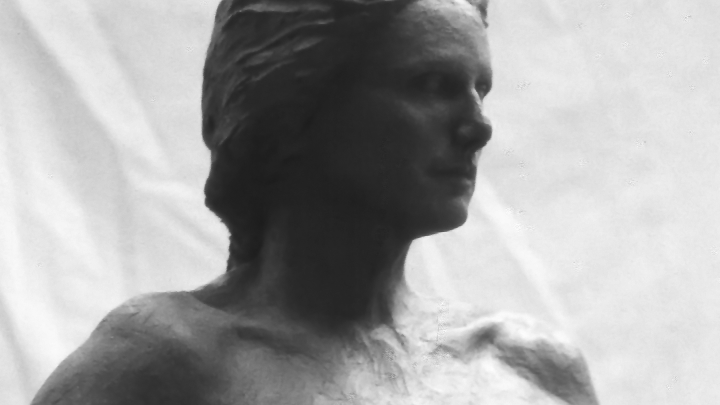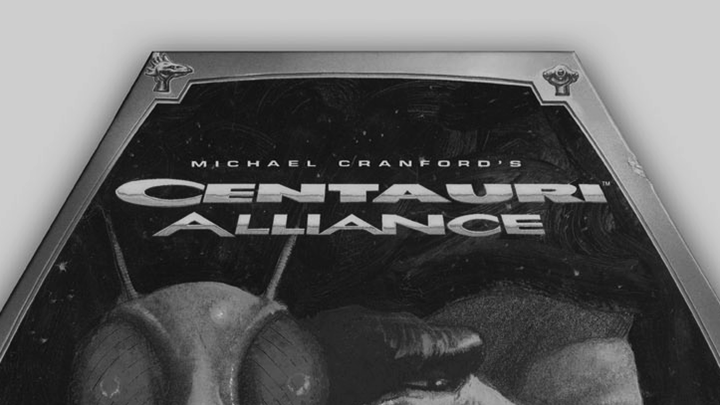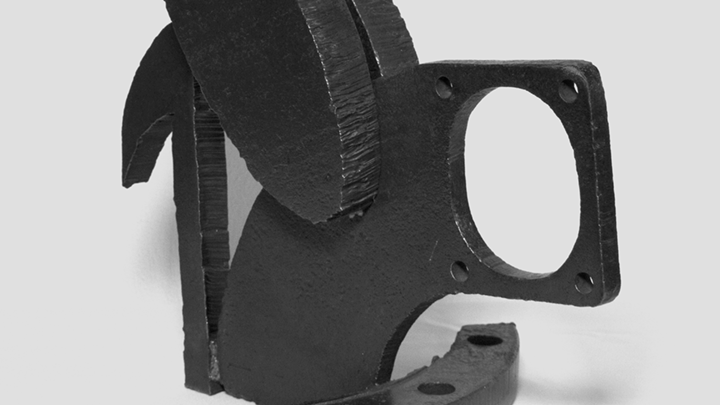
- CV Detail -
INTRODUCTION

T.M.Wilcox, 2022
Instead of a regular Curriculum Vitae, mine is an illustrated narrative with a user interface optimized for handheld devices. In an early career as a computer game designer, I used a conventional list of Titles & Credits (PDF) documenting my contributions to boxed software. Ironically, computing platforms from that era are largely extinct, while collectible video game packaging survives. Coming soon are competing XR platforms featuring voice and gesture recognition interfaces, with brain-computer interfaces on the horizon. I'll optimize my next CV for virtual and augmented reality.
Not long ago, the creative plane I inhabit was science fiction. Now, digital sculpting and 3D modeling allow impossibly large pieces in virtual worlds that are works of art in their own right. For physical sculpture, 3D scanning produces polygon mesh for foundry castings. Five axes robotic arms carve and polish wood and stone. Stereolithography and sintering output molds and finished components of plaster, metal, ceramic, and glass. For photography and CGI, digital C‑Type printmaking exceeds the resolution and dynamic range of its forebear, the gelatin silver process.
Art as a business is evolving too. Smart contracts on private blockchains provide for provenance monitoring, co-ownership, royalty payments, and authenticity certificates. On public blockchains, fintechs once treated pixel art NFT's like unregistered securities, inflating their value with algorithmic trading in a feedback loop propelling game design into the canon of contemporary art.
Critics still claim computer games are not art. Yet 3D games and gamelike virtual worlds contain immense creative expression. Humans are generative worlds encoded with DNA. Our gameworlds are DNA of the mind.

T.M.Wilcox, 2022
Instead of a regular Curriculum Vitae, mine is an illustrated narrative with a user interface optimized for handheld devices. In an early career as a computer game designer, I used a conventional list of Titles & Credits (PDF) documenting my contributions to boxed software. Ironically, computing platforms from that era are largely extinct, while collectible video game packaging survives. Coming soon are competing XR platforms featuring voice and gesture recognition interfaces, with brain-computer interfaces on the horizon. I'll optimize my next CV for virtual and augmented reality.
Not long ago, the creative plane I inhabit was science fiction. Now, digital sculpting and 3D modeling allow impossibly large pieces in virtual worlds that are works of art in their own right. For physical sculpture, 3D scanning produces polygon mesh for foundry castings. Five axes robotic arms carve and polish wood and stone. Stereolithography and sintering output molds and finished components of plaster, metal, ceramic, and glass. For photography and CGI, digital C‑Type printmaking exceeds the resolution and dynamic range of its forebear, the gelatin silver process.
Art as a business is evolving too. Smart contracts on private blockchains provide for provenance monitoring, co-ownership, royalty payments, and authenticity certificates. On public blockchains, fintechs once treated pixel art NFT's like unregistered securities, inflating their value with algorithmic trading in a feedback loop propelling game design into the canon of contemporary art.
Critics still claim computer games are not art. Yet 3D games and gamelike virtual worlds contain immense creative expression. Humans are generative worlds encoded with DNA. Our gameworlds are DNA of the mind.
Instead of a regular Curriculum Vitae, mine is an illustrated narrative with a user interface optimized for handheld devices. In an early career as a computer game designer, I used a conventional list of Titles & Credits (PDF) documenting my contributions to boxed software. Ironically, computing platforms from that era are largely extinct, while collectible video game packaging survives. Coming soon are competing XR platforms featuring voice and gesture recognition interfaces, with brain-computer interfaces on the horizon. I'll optimize my next CV for virtual and augmented reality.
Not long ago, the creative plane I inhabit was science fiction. Now, digital sculpting and 3D modeling allow impossibly large pieces in virtual worlds that are works of art in their own right. For physical sculpture, 3D scanning produces polygon mesh for foundry castings. Five axes robotic arms carve and polish wood and stone. Stereolithography and sintering output molds and finished components of plaster, metal, ceramic, and glass. For photography and CGI, digital C‑Type printmaking exceeds the resolution and dynamic range of its forebear, the gelatin silver process.
Art as a business is evolving too. Smart contracts on private blockchains provide for provenance monitoring, co-ownership, royalty payments, and authenticity certificates. On public blockchains, fintechs once treated pixel art NFT's like unregistered securities, inflating their value with algorithmic trading in a feedback loop propelling game design into the canon of contemporary art.
Critics still claim computer games are not art. Yet 3D games and gamelike virtual worlds contain immense creative expression. Humans are generative worlds encoded with DNA. Our gameworlds are DNA of the mind.




